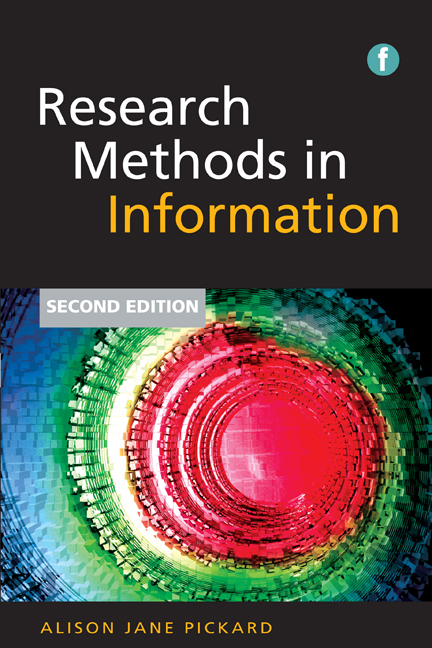Book contents
- Frontmatter
- Contents
- Preface to the second edition
- Acknowledgements
- Introduction
- Part 1 Starting the research process
- Part 2 Research methods
- 8 Case studies
- 9 Surveys
- 10 Experimental research
- 11 Usability testing
- 12 Ethnography
- 13 Delphi study
- 14 Action research
- 15 Historical research
- 16 Grounded theory: method or analysis?
- Part 3 Data collection techniques
- Part 4 Data analysis and research presentation
- Part 5 Glossary and references
- Index
11 - Usability testing
from Part 2 - Research methods
Published online by Cambridge University Press: 08 June 2018
- Frontmatter
- Contents
- Preface to the second edition
- Acknowledgements
- Introduction
- Part 1 Starting the research process
- Part 2 Research methods
- 8 Case studies
- 9 Surveys
- 10 Experimental research
- 11 Usability testing
- 12 Ethnography
- 13 Delphi study
- 14 Action research
- 15 Historical research
- 16 Grounded theory: method or analysis?
- Part 3 Data collection techniques
- Part 4 Data analysis and research presentation
- Part 5 Glossary and references
- Index
Summary
… a product or service is truly usable, that is the user can do what he or she wants to do the way he or she expects to be able to do it, without hindrance, hesitation or question.
(Ruben and Chisnell, 2008, 4)Introduction
Usability testing and systems evaluations are about purpose, this purpose can be achieved by a number of research methods and a number of data collection techniques. Again, choice of data collection is based on ‘best fit for purpose’, not some predetermined law that associates a data collection technique with a research method just because that's the way it has always been done. Chowdhury and Chowdhury (2011) have provided a text specifically focused on usability in digital libraries which explores the many combinations of research methods and data collection techniques that can be applied to developing an understanding of our users and investigating systems to explore usability. There are many potential approaches to usability testing but many of these are simply an adaptation of existing research methods focused on the relationship between user and system. In LIS we associate type of research with ‘user behaviour’, ‘information seeking’ and ‘information need’ as well as systems testing. It is a combination of all aspects that provides us with the overall picture of usability. Ruben and Chisnell (2008, 23) talk about why usability cannot follow the ‘classical approach for conducting a controlled experiment.’ This is actually as much a discussion around qualitative and quantitative approaches to research as it is about approaches to usability testing. Quasi-experimental usability studies
User testing in this more formal sense can be more easily associated with the quasiexperiment, where behaviour is watched, recorded and analysed in a structured context. This context can vary from a sample group of users being asked to perform a set of predetermined tasks on a system in their natural setting to a sample group being invited into a laboratory to be watched and often recorded performing the tasks set by the evaluator. These tests usually involve the following stages although not all will be used in every user test.
- Type
- Chapter
- Information
- Research Methods in Information , pp. 127 - 134Publisher: FacetPrint publication year: 2013
- 1
- Cited by



